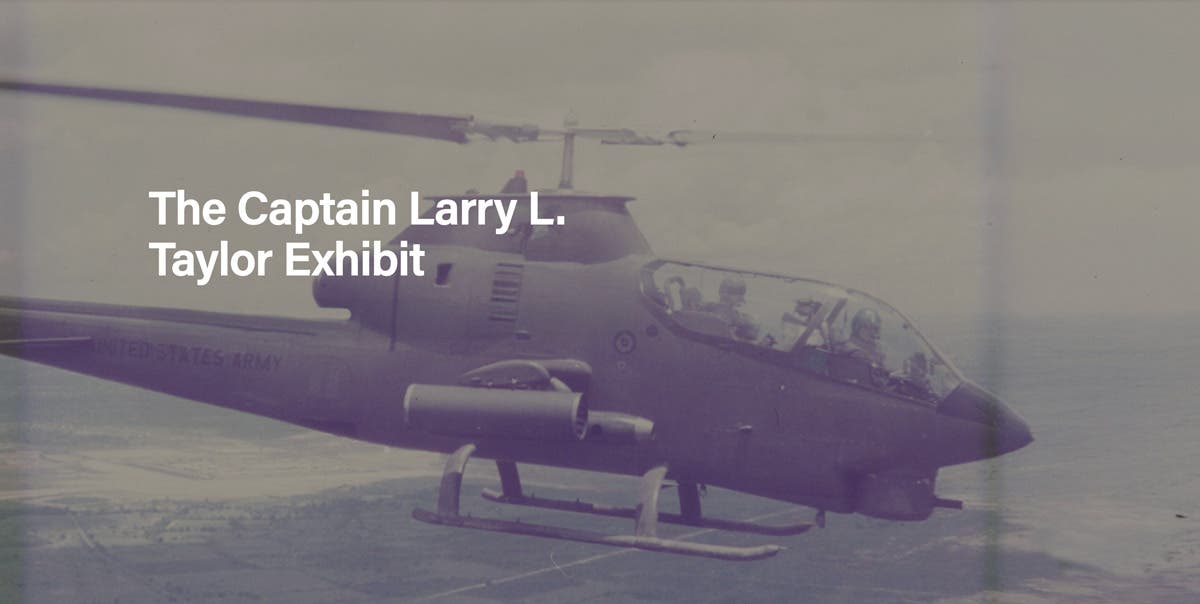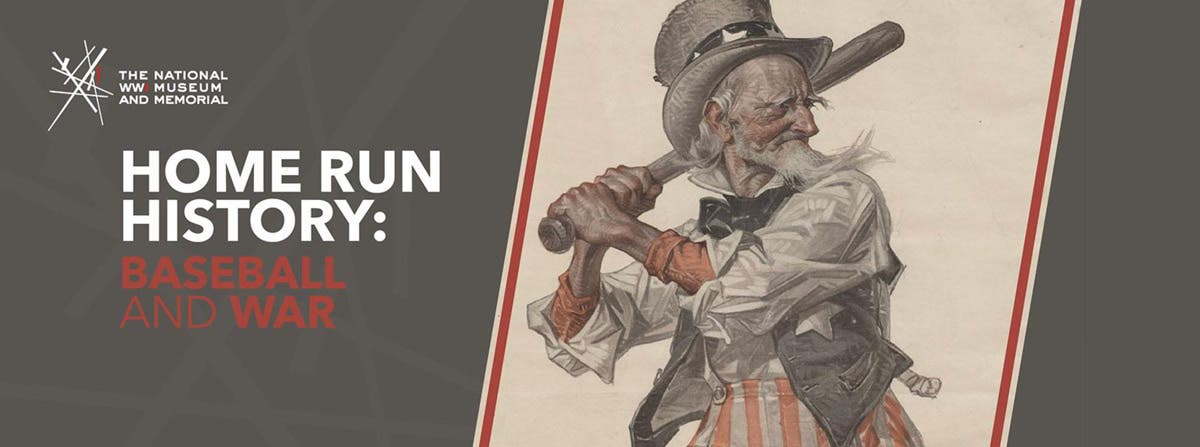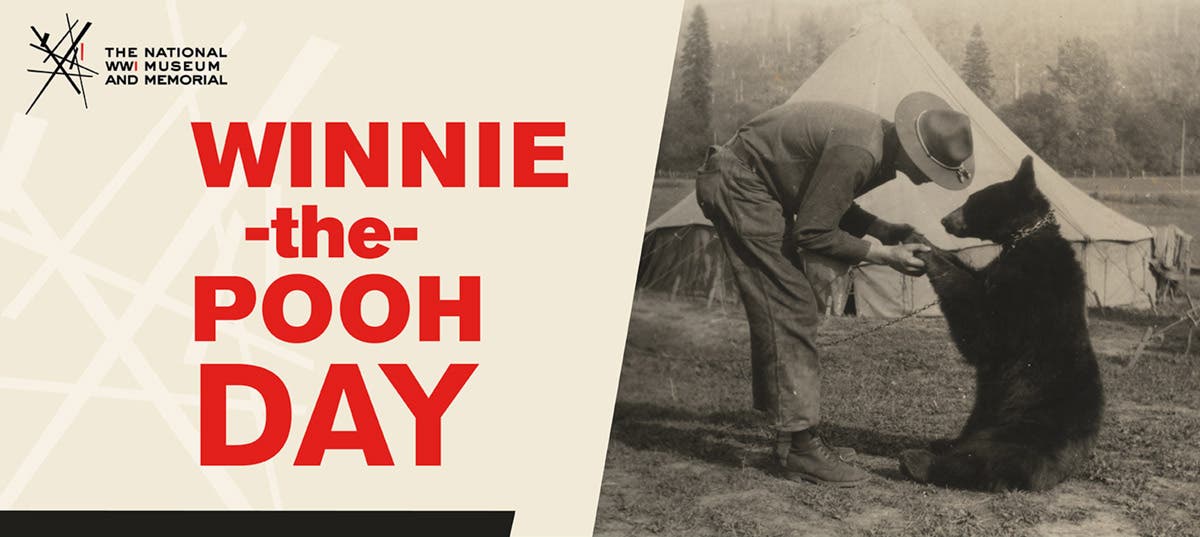‘Iron Harvest’ at the National WWI Museum and Memorial
The National WWI Museum and Memorial unveils its newest exhibition, “Iron Harvest” examining war’s toll on the earth and its lasting environmental impact.
KANSAS CITY, Mo. – In the aftermath of World War I, the fields of northeastern France became the site of a dangerous legacy: the Iron Harvest. This Earth Day, Tuesday, April 22, 2025, the National WWI Museum and Memorial unveils its newest exhibition examining war’s toll on the earth and its lasting environmental impact.
Artillery was the primary frontline weapon in WWI and by the time fighting ended on the Western Front in 1918, shelling had torn the countryside apart – forests were splintered, craters pockmarked the fields and whole towns were wiped out. Across the globe and during the four years of the Great War, over one billion rounds of artillery were fired. Iron Harvest refers to the unearthing of vast amounts of unexploded artillery shells, bombs, grenades and mines.
After the war ended, the destruction along the Western Front was so great that many people could not safely return. On April 17, 1919, the French government passed a law allowing it to buy lands considered temporarily or permanently unsafe. Much of this land had been farmland but 10 entire towns had to be abandoned entirely or reestablished away from the contaminated earth.
Despite clearing efforts, danger still exists. Nearly 30 percent of all shells fired during World War I failed to explode, and since 1918, the weapons of the Great War have killed more than 900 people in northeastern France and Belgium. Countless more have been seriously injured, chemically burned or poisoned from plants and animals exposed to dangerous decomposing materials.
“The devastation that armed conflict brings to the land lasts for generations beyond the fighting itself,” said Dr. Chris Juergens, Curator at the National WWI Museum and Memorial. “Iron Harvest is a chilling reminder of war’s enduring impact.”
It is estimated that it will take another 300 years from now to completely clear the zone of unexploded ordnance – but this does not include the time needed to break down the poisons embedded in the soil.
Iron Harvest is located in the West Lobby of the Museum and Memorial and admission is not required to visit. A variety of engaging programs will support the exhibition. Stay tuned to theworldwar.org/events for more information.

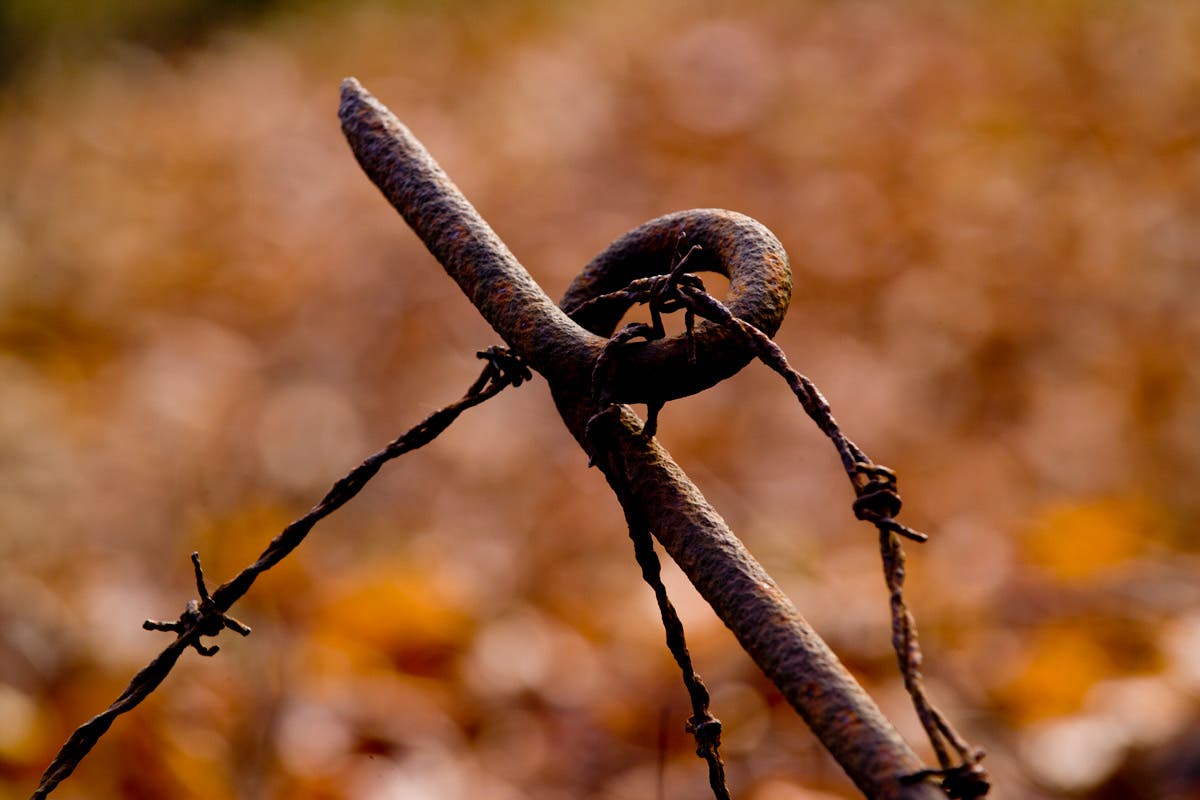


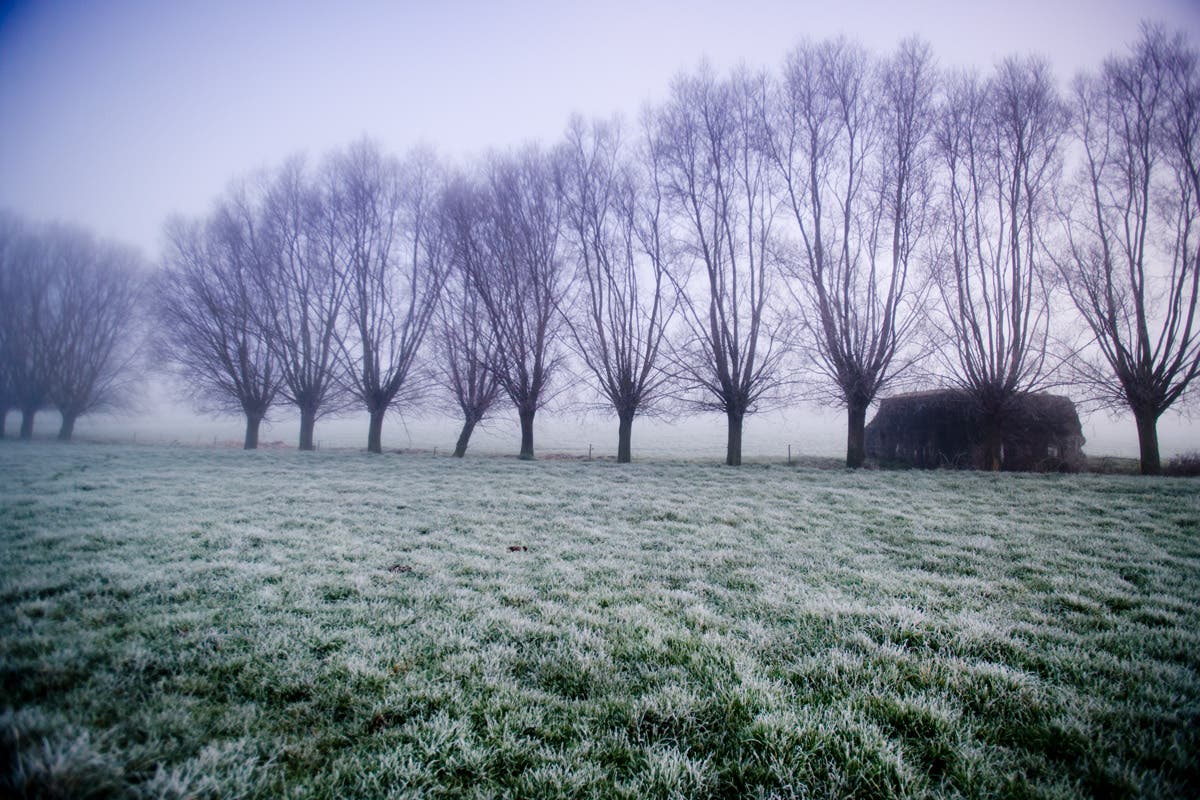
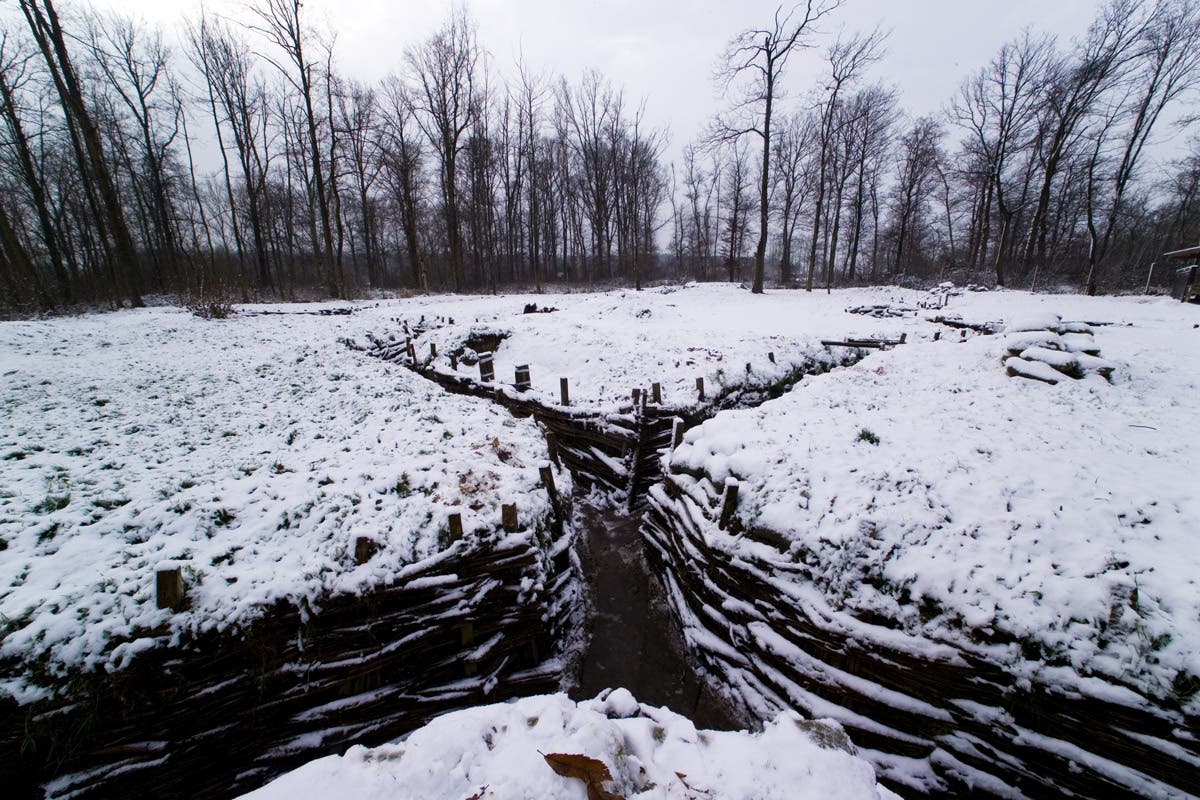
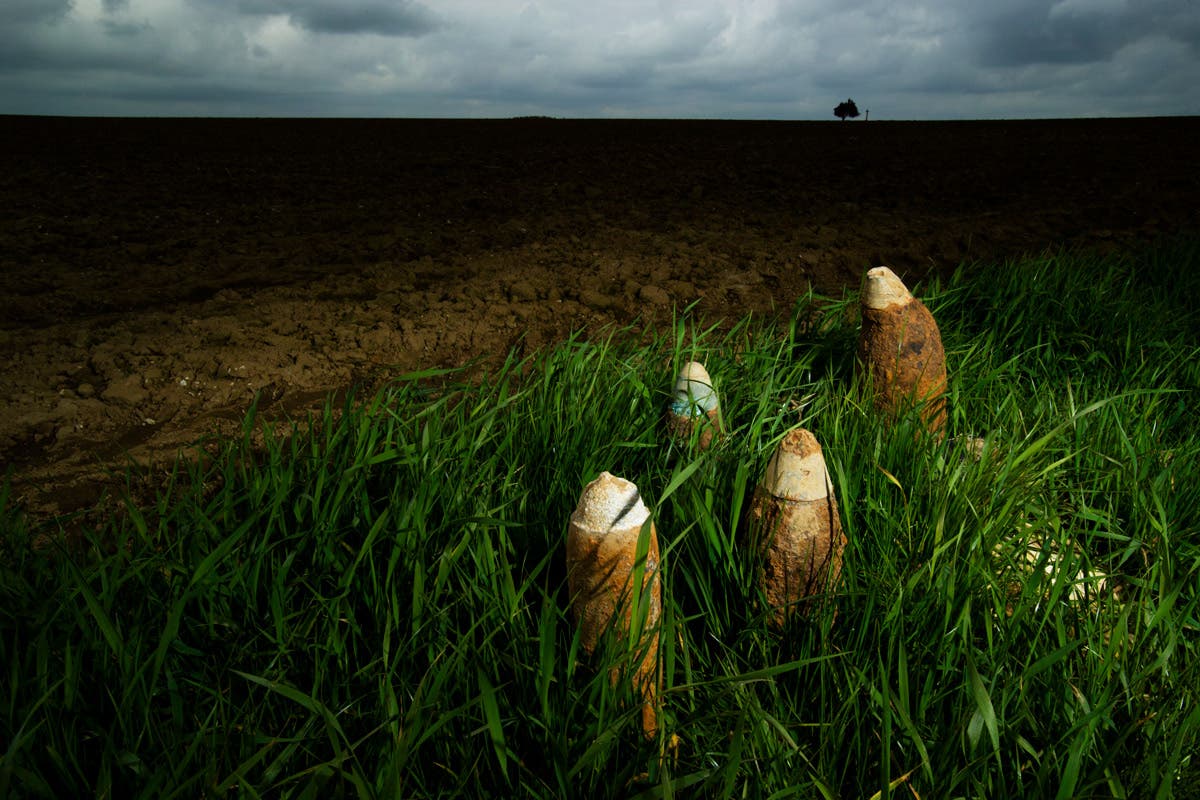
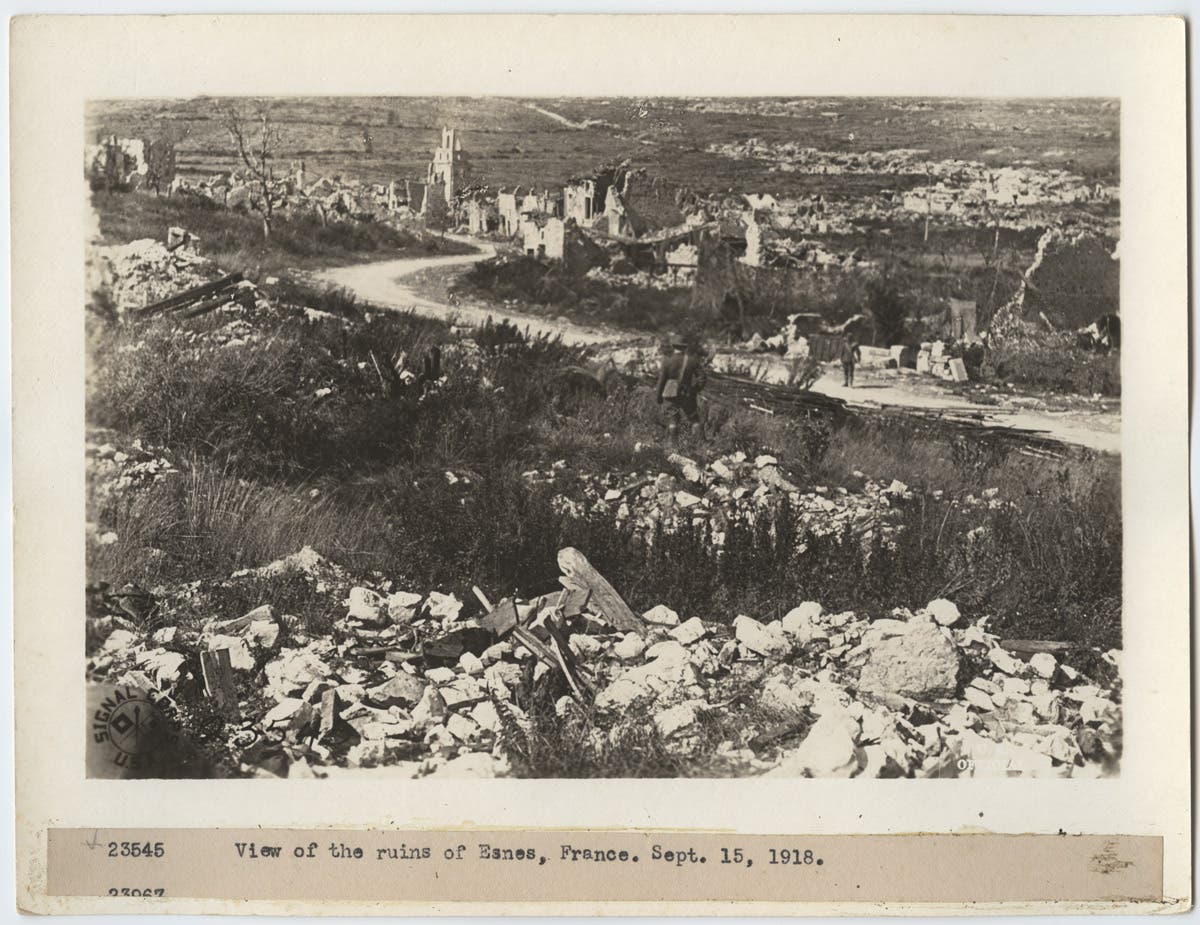
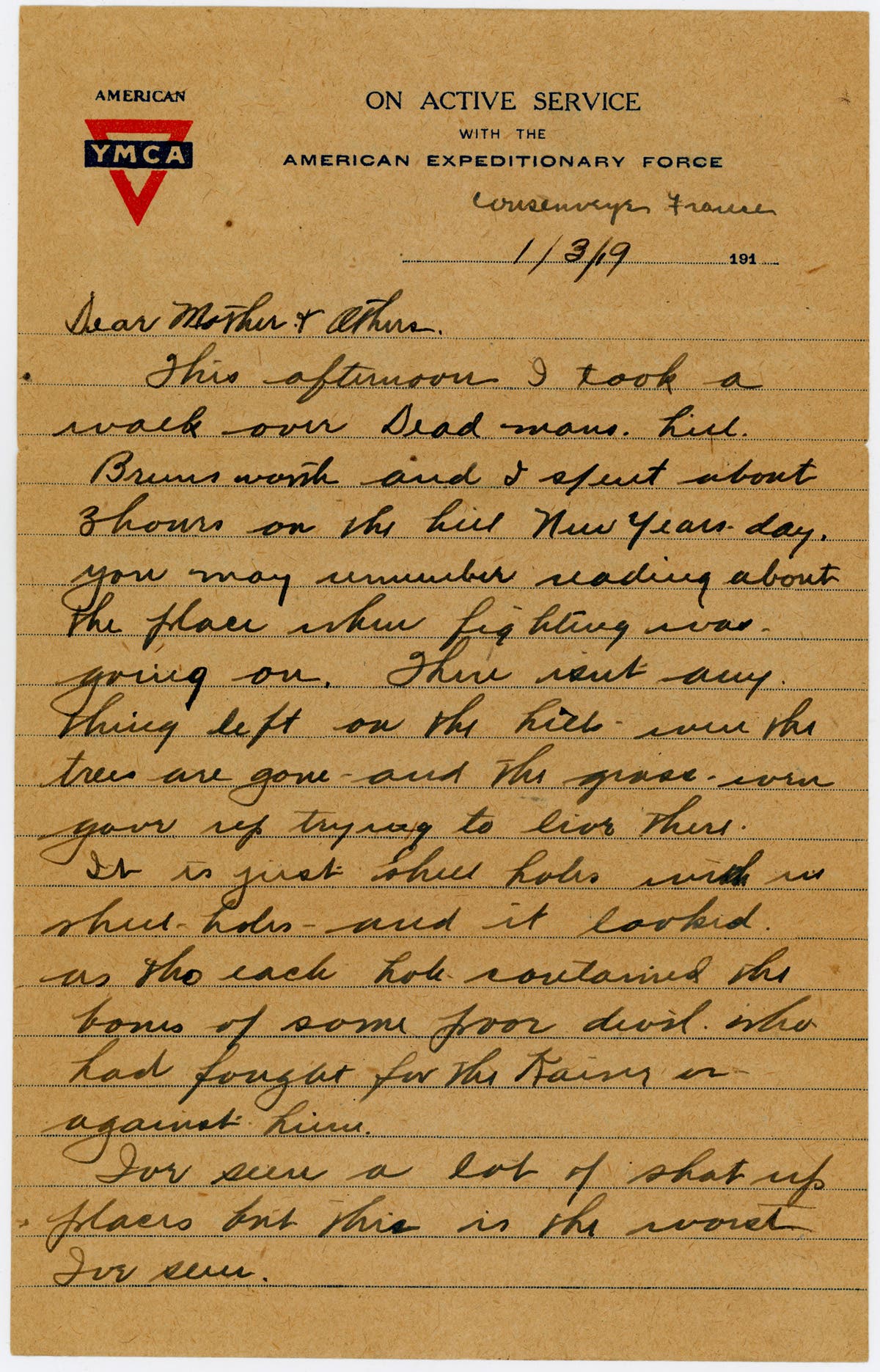
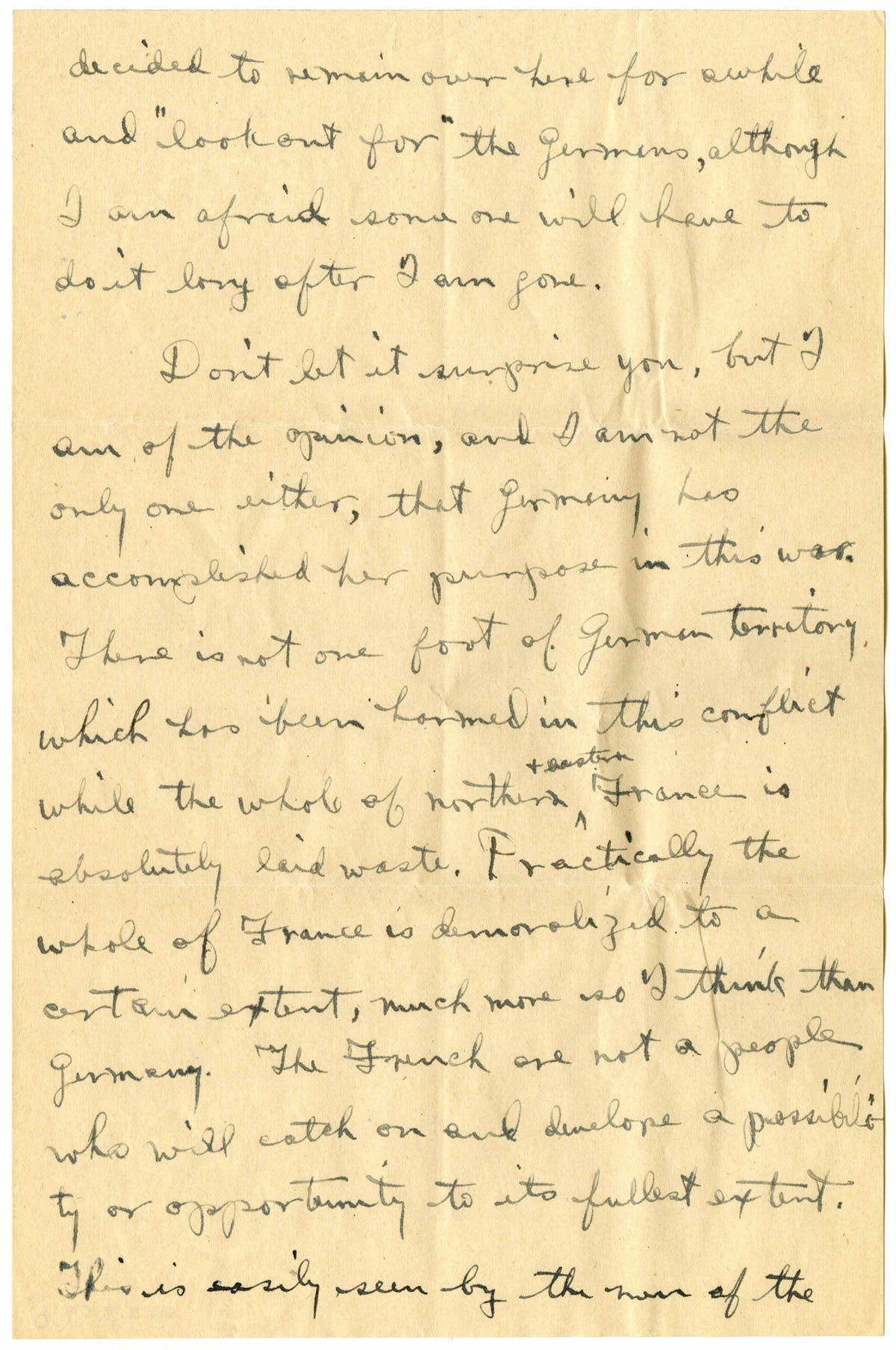
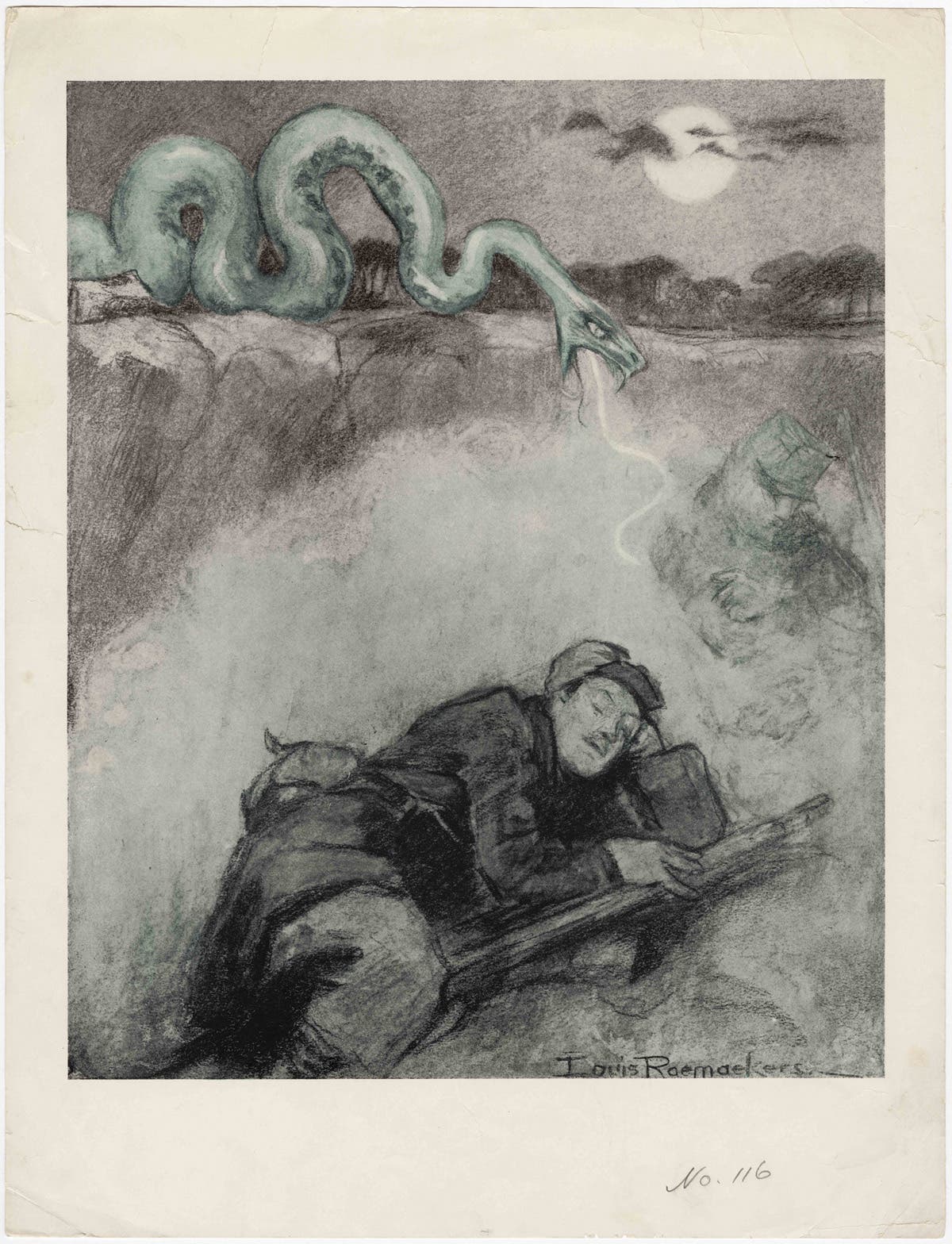
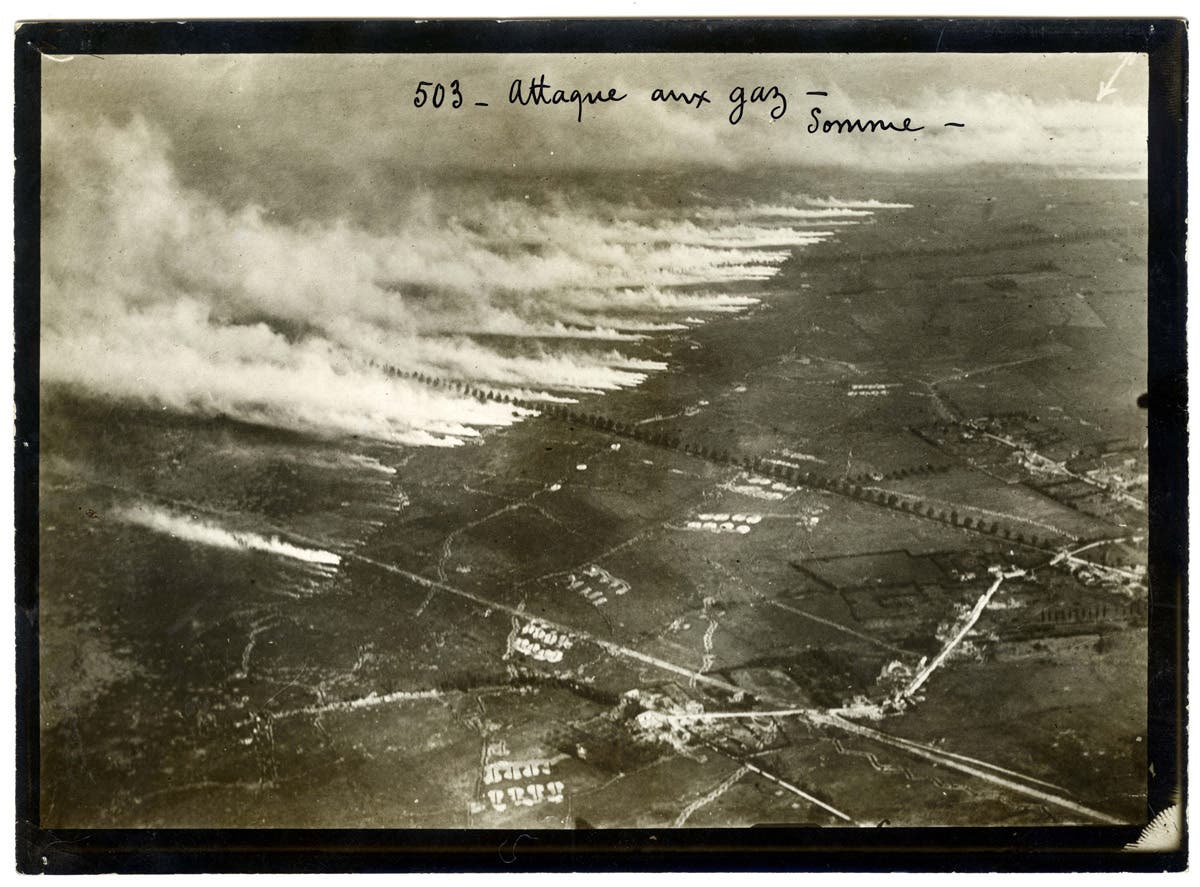
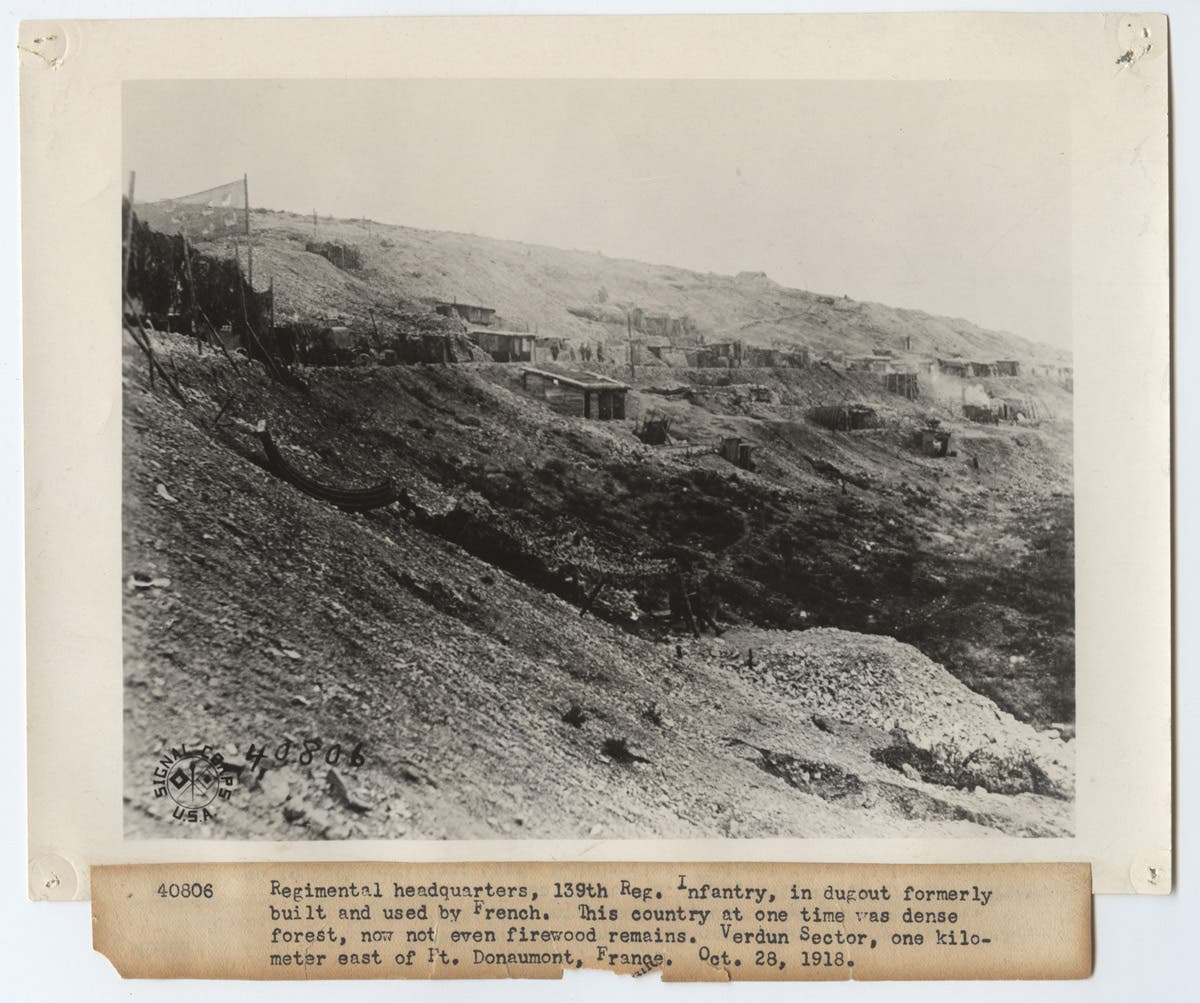
About the National WWI Museum and Memorial
The National WWI Museum and Memorial is America’s leading institution dedicated to remembering, interpreting and understanding the Great War and its enduring impact on the global community. The Museum and Memorial holds the most comprehensive collection of World War I objects and documents in the world and is the second-oldest public museum dedicated to preserving the objects, history and experiences of the war. The Museum and Memorial takes visitors of all ages on an epic journey through a transformative period and shares deeply personal stories of courage, honor, patriotism and sacrifice. Designated by Congress as America’s official World War I Museum and Memorial and located in downtown Kansas City, Mo., the National WWI Museum and Memorial inspires thought, dialogue and learning to make the experiences of the Great War era meaningful and relevant for present and future generations. To learn more, visit theworldwar.org.
Established in 1993, Military Trader is dedicated to the collecting preservation, restoration, study, and display of historic military artifacts. Spanning interests from military uniforms to medals, or helmets to ordnance and weapons, Military Trader is your best source for in-depth techincal articles, artifact profiles, product and hobby news, current values, and show and auctions calendar.



